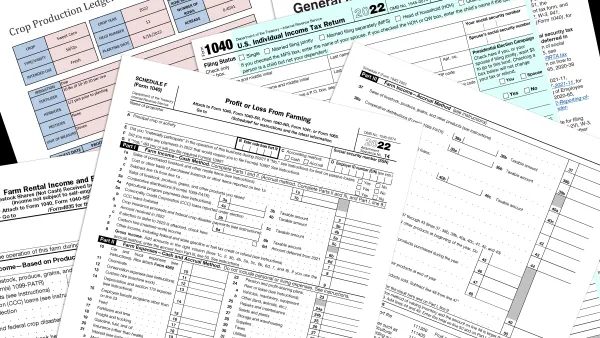As hints of light emerge in the murky economic environment, CFOs today are still faced with managing high interest rates — causing many of them to turn their attention to cash in a way they have not done in years, Greg McKenzie, partner in the advisory practice for accounting, tax and valuation advisory firm WilliamsMarston said.
In previous years, the interest rate was not something CFOs were particularly focused on, “because it was a stable constant item which they could reliably forget about,” he said in an interview. In the past six or seven months, however, interest-bearing accounts have suddenly become “an area of high focus and have high value on the income statement,” leading financial leaders seeking the most effective way of managing their cash positions.
“Frankly, our guidance has been towards… achieving predictability in the first instance, before you then can focus on what I call optimization and efficiencies,” McKenzie said of how CFOs should be thinking of their cash management and forecasting processes.
Building the cash management muscle
As they wrestle with their quest to bring inflation down to their 2% target, the Federal Reserve has hiked the main interest rate 10 consecutive times in its most aggressive tightening in four decades. For the many financial leaders who may be unused to operating in such an environment, the first key step to achieving the predictability they want from their cash flow is to “build the muscles,” McKenzie said.
“Every Monday, or maybe every other Monday, you take a snapshot out of the bank account, and you reconcile where you thought you'd be to where you actually are,” he said.
A seven-year veteran of the Boston, Massachusetts-based firm, McKenzie — whose background is in finance leadership transformation — works with finance chiefs to advise them on organizational structure, he said.
CFOs are not oblivious to the need to optimize their cash management, with many recognizing that this is emerging as an issue,” even if they've got really good liquidity, even if this is not something which is mission critical at the moment, they recognize that these are underleveraged muscles,” McKenzie said.
McKenzie pointed back to the days of the COVID-19 pandemic, when many finance chiefs were holding onto their cash for longer because of the unpredictable environment. While the pandemic heightened the importance of cash visibility among CFOs, accounts receivable and accounts payable automation still fell by the wayside on their priority list, CFO Dive reported in 2022.
Present finance teams are still struggling with payment speeds, a barrier to cash visibility that can hamper CFOs’ ability to effectively navigate through the high rate environment.
There is “longevity” to developing predictability and transparent behaviors around cash management that will help to aid finance leaders, McKenzie said.
“Frankly, I think these are good muscles to build,” he said. “It brings the CFO closer to the operation of the business, which is not a bad thing either. And as a result, you can really empower individuals across the organizations to make meaningful changes within their perimeter, which then adds up to quite a lot when you're looking at it from sort of an enterprise level perspective.”
Bringing cash visibility to the CFO
Taking a more operational or strategic approach to one’s cash position can benefit CFOs who are looking to hone in on these details as the need for tighter cash position expands. McKenzie pointed to the 13-week cash flow, something “in the operational CFO toolkit,” that enables leaders to plot out where they will be over the next three months.
Leaders can then adjust that plot line on a weekly or bi-weekly basis to get ahead of any unplanned surprises and achieve the predictability they need to stay on top of their cash positions in the high rate environment, he said.
Most ERP systems will have an accounts payable and accounts receivable subledger, and so “depending on your payment terms, both on money coming in and cash going now, within that ledger, you should be able to predict maybe four or five weeks out of those 13 weeks,” McKenzie said.
To do so effectively, however, data integrity on those sub ledgers is a “really important factor,” he said.
“If you're unpredictable, it may be just, people don't know whether the data is wrong,” he said. “Or it may be a client doesn't want to pay because there's a service issue, or it might be you don't want to pay a vendor because you've got a service issue. So all of this exercise just brings these items to light, it brings… visibility to the CFO.”














